
How to Avoid High Crypto Fees on Cryptocurrency Exchanges
Crypto transaction fees can be annoying, especially when they shrink your profits. Luckily, there are ways to manage them.
This guide will teach you to save on costs. We'll help you understand the fees and give in-depth tips on how to keep them low.
All About Network Fees
To begin, let’s quickly review what fees are before jumping into the tips. A network fee, for example on Bitcoin blockchain, is a sum paid to miners to have your transaction included in the blockchain. It covers the cost of processing, verifying, and recording it. Crypto network fees, including Bitcoin fees, can be high when the network is overloaded due to increased transaction demand and limited capacity. During busy times, like price spikes or major events, people often raise their fees to ensure their transactions get processed quickly.
The lowest crypto network fee is offered by Nano, with no charges whatsoever. Herewith, Monero, Bitcoin Cash, and Solana also provide cheaper fees than Bitcoin or Ethereum.
Bitcoin fees are often the lowest during off-peak hours or when the market isn't in a surge. You can reduce Bitcoin fees by waiting for quieter times or going for slower transaction speeds. But what about no fees? To buy Bitcoin without fees, you can use platforms like Cryptomus, where transactions within the platform and withdrawals are free. For trading on the exchange, the fee is just 0.1%.
Another factor to consider is wallet fees. Crypto wallets themselves don’t charge fees but when you transfer cryptocurrency, you may be charged a network fee. Also, some additional features, such as converting to fiat, might incur a fee.
How to Keep Crypto Trading Fees Low?
Now that you know the essentials, let's go deeper and look at how to cut down on costs.
Use an Exchange With Commission-Free Trading
A lot of platforms now offer commission-free crypto trading, making it a great option for casual traders or beginners who want to save on fees.
Remember, platforms might also profit in different ways, like tweaking the spread between the buying and selling prices. So, the costs may still be factored into the price.
In addition, always check the full fee structure. For bigger trades or more complex features, you might want to explore exchanges that provide a tailored experience, even if they charge a small commission.
Buy Сrypto With Crypto
Exchanging one cryptocurrency for another can help you save on fees. Instead of converting to fiat, you can directly trade between different cryptos, cutting out bank or credit card charges. Many platforms offer lower fees for these trades, and they typically process faster since there's no fiat involved.
Popular cryptos like Bitcoin, Ethereum, and USDT usually have multiple pairs, so it's easy to swap between them. Remember that network fees can differ depending on the currencies you're exchanging.
Watch Transaction Amounts
For crypto transactions, larger amounts tend to have lower fees per unit because of the network's fixed charges. Smaller transactions, however, might be hit with higher fees due to minimum costs. Double-check how the used exchange calculates fees to keep your costs down.
Be Strategic About Your Transaction Trading Types
Fees vary based on the trading type of transaction. Limit orders, which help add liquidity, often have lower fees than market ones. If you're okay with a little delay, a limit order might save you some costs. Likewise, basic trades without leverage usually come with smaller fees compared to margin trades.
Use Promotions
Crypto exchanges frequently offer promotions to reduce transaction charges. These could be discounts for newcomers, bonuses based on trading volume, or incentives for using certain coins. Always check for these profits to make the most of your trading.

Strategies to Minimize Transaction Fees in Cryptocurrency Exchanges
You can reduce the effect of fees by including these strategies in your trading approach:
- Pick an Optimal Blockchain: Not all blockchains have the same fees, so research and choose the one with the lowest cost for your transfers.
- Utilize Fee Tier Discounts: Some exchanges offer discounts if you trade a lot. If you're an active trader, try to hit the required volume to get those cheaper fees.
- Use Native Tokens: Platforms like Binance and KuCoin offer discounts when using their native tokens to pay fees, sometimes up to 50%.
- Pick the Right Payment Method: Deposits via credit cards often come with higher fees than bank transfers, so check these terms beforehand and pick the cheapest method available.
- Withdraw in Bulk: It’s better to wait until you’ve got a bigger balance before withdrawing to avoid multiple fee payments. Also, pick the withdrawal method that works best for both cost and convenience.
- Use DEXs: With DEXs, fees are usually lower since there’s no third party involved, though using them can be a bit challenging if you’re not familiar with the process.
Tips to Get The Lowest Crypto Transaction Fees
Crypto markets can be unpredictable, and high fees can quickly eat into your earnings. Here are five practical ways to cut them down and keep more of your profits:
- Choose Custom Fees: Some exchanges allow you to set your own fees. If you're flexible with timing, choosing a lower fee can cut down on costs.
- Use Stablecoins: Transferring stablecoins usually comes with cheaper fees compared to volatile options like BTC or ETH.
- Time Your Trades: Fees fluctuate throughout the day, so watch for periods when they're lower and plan your trades to take advantage of them.
- Make Fewer Trades: Frequent small trades can rack up fees quickly. Fewer, bigger transactions mean lower costs overall.
- Use Network-Specific Wallets: Some wallets are optimized for specific networks. For instance, using an Ethereum wallet for ERC-20 tokens can often save on fees compared to a multi-currency one.
FAQ
What is The Trust Wallet Transaction and Withdrawal fee?
Trust Wallet offers fee-free transactions and withdrawals. However, when you make a transaction, there will be network fees involved. They are based on the used blockchain and how busy the network is.
What is Metamask Transaction and Withdrawal Fee?
Similar to Trust Wallet, MetaMask doesn’t impose transaction fees. The fees you incur are network ones, which can change depending on how busy it is.
What is The Coinbase Transaction and Withdrawal Fee?
Coinbase has both fixed and variable fees. Transactions within the platform typically include a spread (usually about 0.5%) and a flat fee based on the amount and region. Withdrawals also come with a network fee based on the used token and network status.
What is The Binance Transaction and Withdrawal Fee?
Binance maintains low fees, with a typical 0.1% for spot trading. It can be reduced further if you use Binance’s native coin (BNB). Withdrawal fees are also network-based, with different rates depending on the workload.
What is The Crypto.com transaction and withdrawal fee?
Trading fees on Crypto.com start at 0.1%, following a tiered system. You’ll be responsible for network fees when withdrawing, and these can vary depending on the token and blockchain traffic.
Now you know that with the right strategy, you can significantly reduce your costs over time. By implementing one of the tips we've shared, you can make your trading more profitable!
Rate the article
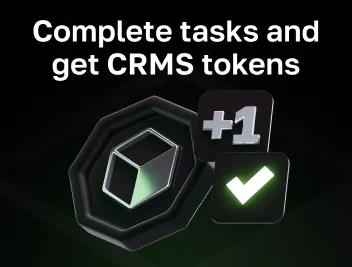
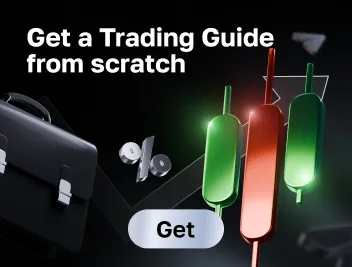
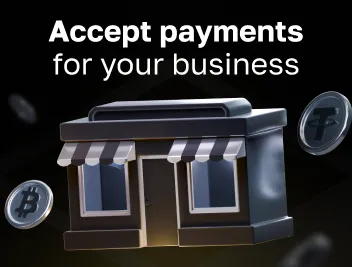
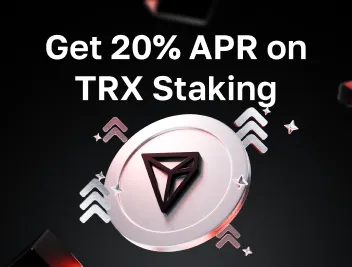

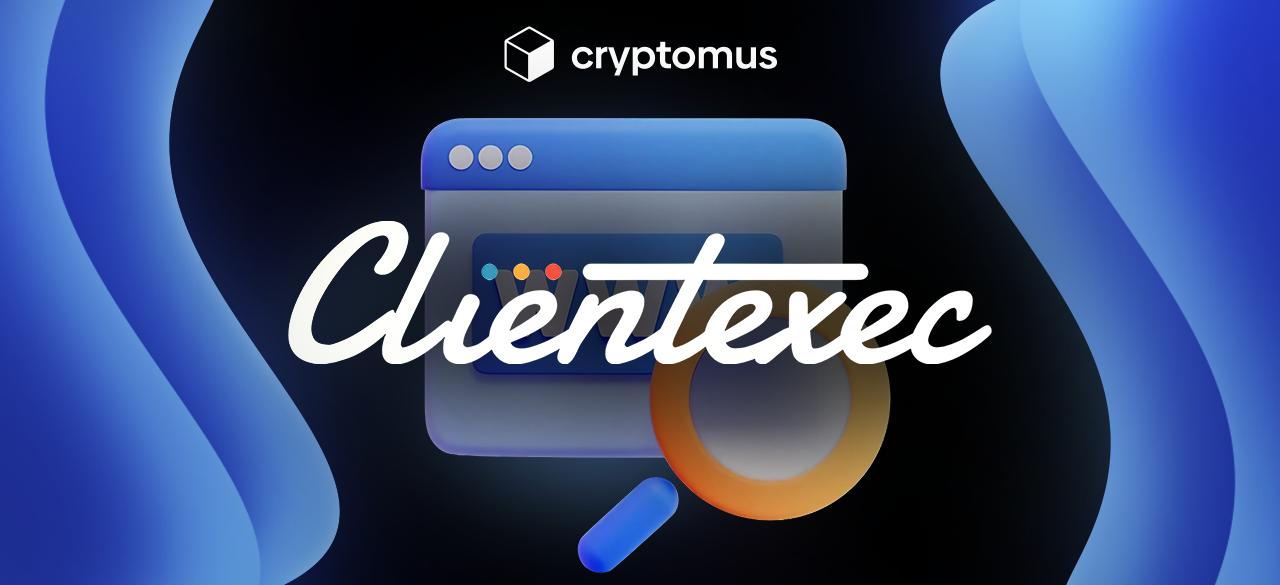


comments
0
You must be logged in to post a comment